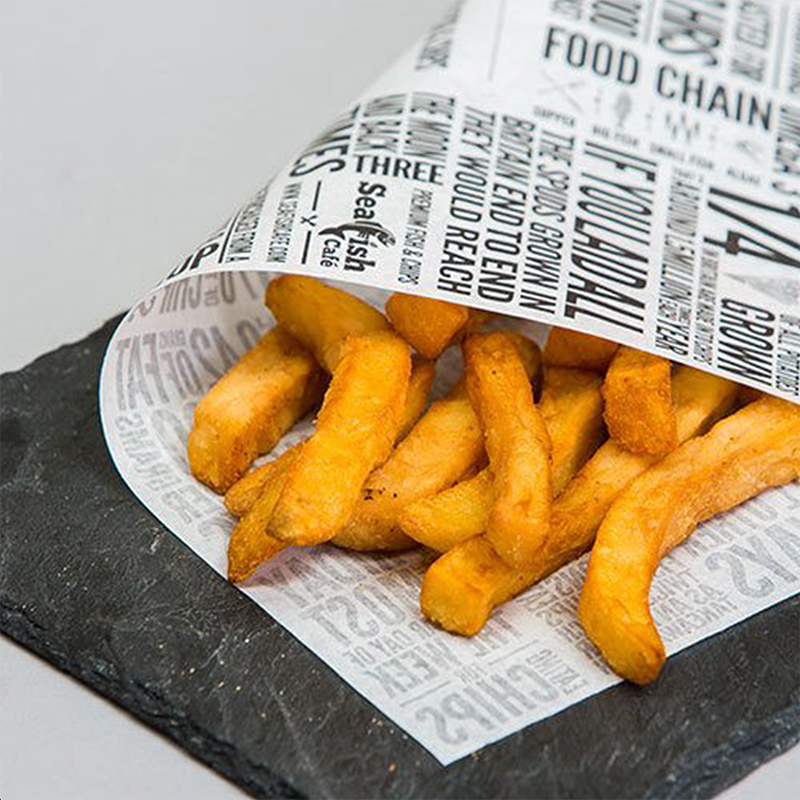The Art of Pizza Box Packaging A Culinary Necessity
In the bustling world of food service, pizza stands out as a beloved staple with widespread appeal. The simplicity of its ingredients and the versatility of its flavors make it a favorite among many. However, there is one aspect of the pizza experience that often goes overlooked—the packaging. Pizza box packaging is not just a means of transporting this delectable dish; it plays a crucial role in preserving its quality and enhancing the overall customer experience.
Traditionally, pizza boxes are designed as square containers made of corrugated cardboard, a material chosen for its strength, lightweight nature, and insulation properties. These boxes are engineered to keep pizzas warm while allowing enough airflow to maintain the perfect crust texture. When a pizza is placed in a sealed environment, the steam produced during cooking can lead to soggy bottoms. However, the unique design of pizza boxes, often with strategic ventilation holes, helps combat this issue by allowing moisture to escape without sacrificing heat retention.
Innovative designs have also emerged, focusing on improving functionality. Many pizzerias have started utilizing pizza boxes with compartments for dipping sauces or sides, ensuring that everything needed for a complete meal is included in one convenient packaging. This not only enhances the consumer experience but also demonstrates a level of thoughtfulness in customer service that can lead to increased satisfaction and loyalty.
Moreover, environmentally friendly pizza box packaging is gaining traction in the industry, reflecting a growing awareness of sustainability issues. Many companies are now opting for recyclable or compostable materials, catering to eco-conscious consumers. These boxes often use soy-based inks for printing designs and logos, minimizing environmental impact while maintaining brand visibility. As consumers become increasingly aware of their choices, businesses that adopt sustainable practices in their packaging can differentiate themselves in a competitive market.
pizza box packaging

Branding is another vital aspect of pizza box packaging. A well-designed pizza box can serve as an effective marketing tool, promoting a brand’s identity and values. From bold colors and playful designs to clever slogans, pizza box packaging communicates a restaurant's personality before the pizza is even opened. This is particularly important in an age where social media plays a pivotal role in consumer interactions. Eye-catching packaging can encourage customers to share visuals of their pizza experience online, effectively providing organic advertising and reaching potential new customers.
The experience of receiving a pizza goes beyond the taste; it encompasses all senses, including the visual appeal of the box. Creative designs can elevate the anticipation of enjoying the meal inside. This is why many pizzerias are experimenting with unique shapes and vibrant graphics, turning a simple delivery method into an art form. Limited edition boxes featuring collaborations with local artists or themes inspired by pop culture have emerged as a way to engage customers and create a buzz around the brand.
Furthermore, pizza box packaging is not just limited to food transport but has also found its place in promotional campaigns. Many establishments use pizza boxes as canvases to share upcoming events, discounts, or community initiatives. This dual-purpose approach not only provides practical functionality but fosters a sense of community—a critical element in the modern culinary landscape.
In conclusion, while the focus in the pizza business often centers on the quality of the pizza itself, the importance of packaging cannot be understated. From preserving the culinary delight to enhancing the customer experience, pizza box packaging is a multifaceted tool in the food service industry. As trends evolve and consumer preferences shift, it is evident that the humble pizza box will continue to adapt—combining functionality, sustainability, and branding into one engaging package. After all, it’s not just about delivering a meal; it’s about crafting a memorable experience that goes straight from the box to the heart.



